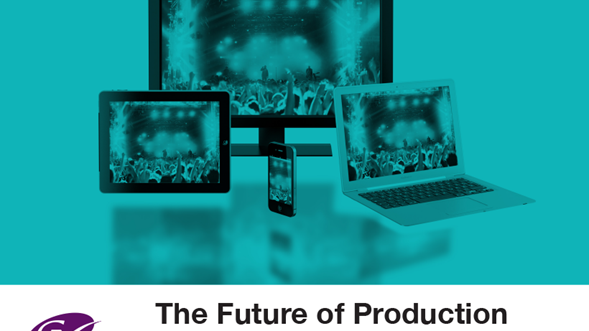It is easy to regurgitate the same message about how the TV industry is going through a massive period of change. It is a theme that has been well covered and generally agreed. However, the less acknowledged fact is that the TV production world has struggled to keep pace with the intertwined drivers of technological advancement and evolving consumer behavior. Granted, there has been significant innovation, especially over the last decade with the move towards IP and software-defined systems, but the fundamental processes for many top-tier broadcasters are broadly the same as they were in the TV golden era of the 1960s and '70s.
The foundations of the TV industry were built on successful engineering: the development of a consistently reliable platform to enable creativity and ultimately deliver a sustainable business model. In 1969, NASA put a man on the moon, and the TV industry was there to show the world. Engineering excellence in broadcasting has marched in lockstep with technology right up to the internet revolution — which has proven the biggest disruptor event in our industry's hundred-year history. Innovation has been at the industry's very core — as long as it has not put the business model at risk.
The industry has reached a point, however, where bolder innovations are necessary to keep up with rapid fragmentation. We are seeing more platforms, devices, markets, audiences, and versions of content than at any point in media history. It's not the volume of content that is transforming the marketplace but the sheer variety being demanded — and met. We live in the age of media choice and it is making the complexity of producing programs of all types — especially live TV — more challenging than ever. The COVID-19 crisis and lockdown have massively accelerated this process. Content producers have had to set aside familiar ways of doing things — once seen by many in the industry as sacred cows — to ensure safety, social distancing and greater cost efficiency in the face of ongoing economic uncertainty.


